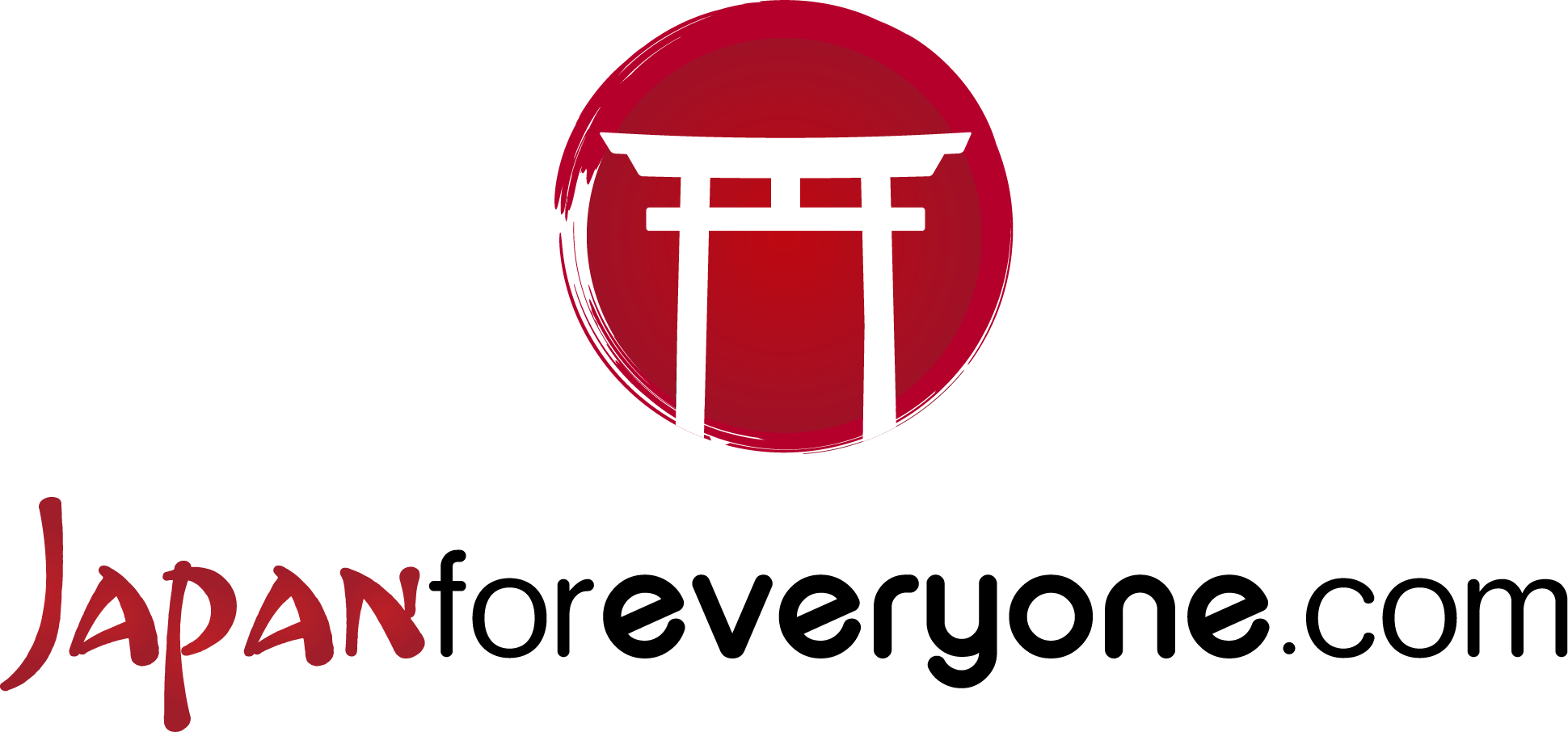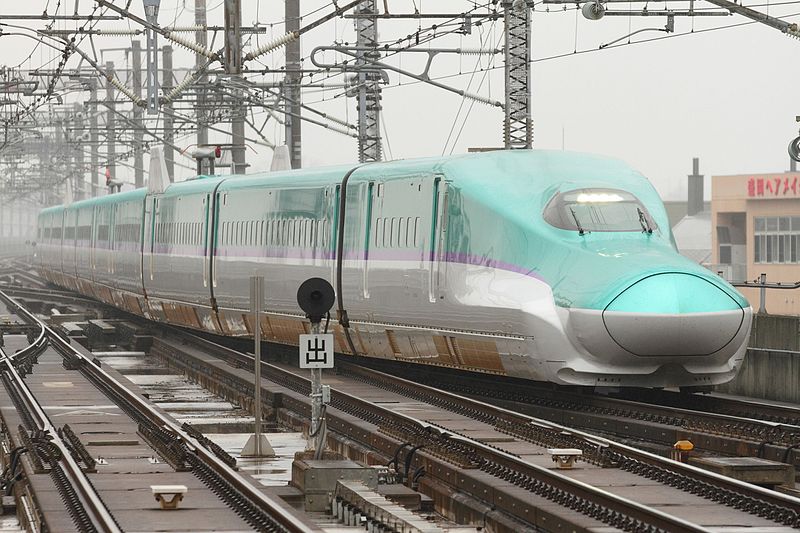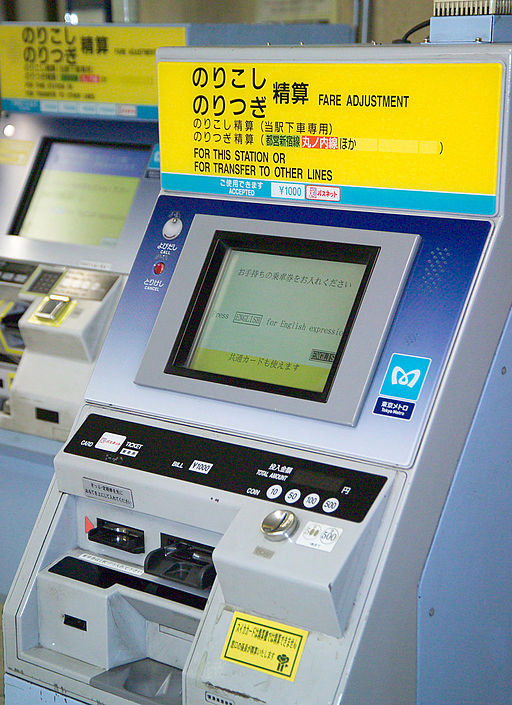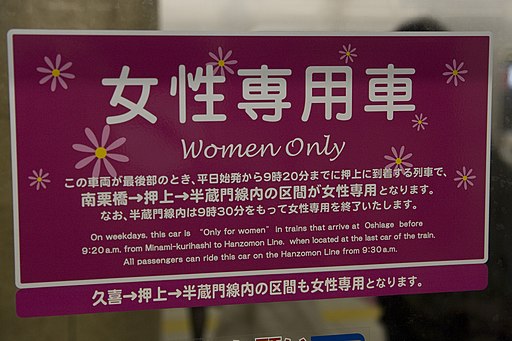Subway
Many Japanese cities have an underground transport system. The most extensive metros are that of Tokyo (with 13 lines) and that of Osaka (9 lines).
In addition to these two cities, the following cities also have metros (including monorails and surface metros).
Chiba (2 lines), Fukuoka (3), Hiroshima (1), Kamakura (1), Kitakyushu (1), Kobe (2), Kyoto (2), Nagoya (4), Naha (1), Sapporo (3), Sendai (1), Tama (1), Yokohama (3).
DXR, CC BY-SA 3.0, via Wikimedia Commons
How to take the underground in Tokyo
This guide is made for the Tokyo underground, but is also valid for other subways.
There are several methods to pay for the metro. The single ticket, the season ticket or IC cards. Here I will explain how to get a ticket.
At the entrance to all metro stations you will find ticket machines (see photo below). Each ticket office has a metro map with numbers on it, which I will explain to you later.
Ticket machine – Photo by Nick Pomata
The ticket machine has two parts, the left part consisting of buttons and the right part of a screen. With the buttons you can select the type of ticket (single trip, transfer ticket, season ticket, etc.), and how many people to buy the ticket for.
Prices appear on the screen instead. First, however, you can click on ‘English’, so that the menu is displayed in English. In the example in the picture below, 4 fares are shown, 160, 190, 230, 270 Yen. But how do I know how much my route will cost? You can find out by looking at the map above the machine (photo below for details).
On this map all the stops and their cost from the station you are at are indicated.
Ticket machine and price map – Photo by Nick Pomata
On the map, your station is indicated with a yellow stamp. The price in this case varies from 170 yen to 310 yen (the map refers to Toei’s 4 lines).
If we know exactly which stop we want to get off at, we can simply check the price for that particular station and press the corresponding figure on the ticket machine display.
If, on the other hand, you don’t know which stop you will get off at, you can buy a ticket at the lowest fare, in this case 170 Yen. Then I will explain how to do it if you get off at a stop with a higher fare.
Once you have made your ticket or season ticket, you can head to the turnstiles for track access.
The ticket or season ticket must be inserted in the first slot, please do not insert any IC Card such as Suica or Pasmo. The ticket once inserted will come out of a slot at the end of the turnstile, collect your ticket (IMPORTANT) and take the train.
If, on the other hand, you have an IC Card such as Pasmo, Suica or Icoca, place it on the reader (the blue one) and pass.
Turnstile – Photo by Nick Pomata
When you have to leave the station, you will have to go through the turnstile again. If you have made the correct ticket (paying for that route) then insert it into the slot of the turnstile and exit (the ticket will not be returned to you, but the season ticket will), but if you have made the minimum ticket (e.g. the 170 yen ticket), head for the Fares Adjustment Machines (see photo below). They are usually located before the exit turnstiles.
Insert your ticket into the machine and you will be given the amount to ‘complete’ the journey. If, for example, you had bought a 170-yen ticket but the route you took costs 310 yen, you will have to pay the difference at these machines. Once you have paid, collect your ticket and exit.
If you have an IC Card such as Pasmo, Suica or Icoca, place it on the reader and exit. If the light turns red, it is because you do not have enough credit on your card to pay for the route. Simply go to the machines near the turnstiles and reload your card.
Fg2, Public domain, via Wikimedia Commons
Curiosity
In Tokyo, there are underground workers who push people into the carriages during rush hour. You can find several videos on YouTube showing these white-gloved employees pushing people into overcrowded cars.
On certain underground lines, there are carriages reserved for women at certain times of the day. These carriages are marked with a pink symbol. These carriages were created to counter the phenomenon of the ‘dead hand’. In fact, it happens that on crowded trains, some men take advantage of the situation to grope unsuspecting female travellers.
Maksym Kozlenko, CC BY-SA 4.0, via Wikimedia Commons
News
On 20 March 1995, the Tokyo underground suffered an attack by the Aum Shinrikyo sect. Five followers of the sect pierced bags containing nerve gas (sarin). Five of the busiest stations were hit and the total toll was 12 dead and more than 6,000 intoxicated. On this subject, you can read the book ‘Underground’ by Murakami Haruki. In the book you can find the testimonies of some of the victims of the bombing.
Useful links
Tokyo Subway – Tokyo Metro and Toei
Osaka Subway – Osaka Municipal Transportation Bureau
Kyoto Subway – Kyoto City Subway
Nagoya Subway – Nagoya Transportation Bureau
Fukuoka Subway – Fukuoka City Subway
Sapporo Subway – Sapporo Subway







